Reporter working in the flooded area of Thach Thanh (September 2024). Photo: Van Khoa
In the digital age, the emergence of social networks has proven its advantages in terms of information dissemination and the ability to reach a huge public. Every day, every hour, thousands of pieces of information are sent from social networks. However, social networks are the ideal environment for fake news, untrue news, distorted news, sensational news, clickbait news and unverified news to erupt. And despite the involvement of authorities through many measures: propaganda, reminders, penalties, even criminal prosecution..., such unverified information continues to appear, causing a lot of confusion for the public.
And in the explosion of fake news, false information, and unverified information, journalists are faced with a dual mission: to keep up with the speed of information dissemination, while also mastering quality, reliability, and humanity. These are the core values that create the reputation of mainstream journalism.
In fact, in recent times, there have been many cases of fake news that have shocked and confused the public opinion of the whole country and were only clarified when the press got involved. The case of fake news in September 2024, when the whole country was dealing with super typhoon Yagi (typhoon No. 3) is a typical example.
Specifically, before the storm made landfall, a series of images of the devastated Philippines appeared on social media with the caption: "Images after the storm hit the Philippines, causing tens of thousands of people to leave in the central Philippines... "or" 2 hours after super typhoon Yagi passed through the Philippines"..., The above information immediately caused panic and anxiety for people across the country, especially in provinces and cities forecast to be directly affected by the storm. Therefore, this group of images has spread rapidly on many forums and personal pages.
Faced with this information, many press agencies quickly took action to verify and bring objective truths to the press. As a result, these images contained the aftermath of Typhoon Haiyan nearly 10 years ago, also in the Philippines.
Then, during the storm's circulation, fake news was pushed to its peak on social networks when a series of false information continuously exploded. The most typical image is the image of 3 people in a family in Ha Giang province running from the flood and the clip of a baby in Meo Vac crying because his mother was swept away by the flood. Specifically, from the morning of September 11, 2024, many social network users shared the image of a husband immersed in red flood water, pushing a basin, in which sat his wife crying in fear, hugging her little son tightly. The image was attached with information about a family in Ngoc Linh commune, Vi Xuyen district, Ha Giang province.
That photo brought tears to many people until reporters went to the scene to investigate and verify. That same afternoon, many newspapers reported information from the leader of the People's Committee of Ngoc Linh Commune, Vi Xuyen District, affirming: The above image was only staged by a YouTuber. The local government asked people to be extremely alert to unverified information on social networks... And immediately after that, many social network accounts removed the above image, stopped sharing and commenting...
Reporters working at the Ba Trieu Temple Festival in 2025. (Photo by Minh Hieu)
In Thanh Hoa, in fact, the authorities have punished many cases of false information on social networks, negatively affecting the reputation of organizations and individuals, or more seriously, causing public confusion. Also after storm No. 4 (September 2024), many social media accounts posted a series of images and information about the storm flooding houses, causing hundreds of people in Thach Thanh district to go hungry... With unverified curiosity, many people shared the above information and called for charity and kindness towards people in flooded areas.
Immediately afterwards, reporters from Thanh Hoa Newspaper, Thanh Hoa Radio and Television Station (now Thanh Hoa Newspaper and Radio - Television Station) and many central press agencies stationed in the area quickly arrived in Thach Thanh district to objectively inform about the damage caused by the storm's circulation. As a result, no one was injured or suffered from hunger due to the storm...
Many fake news cases spread on social networks but were stopped by the mainstream press. In fact, in past events, reporters and journalists have also changed the way they provide information and propaganda to reach the public. Specifically, not only through the media of the press agency such as print newspapers, electronic newspapers, radio and television, but also the journalists themselves have taken full advantage, sharing and giving wings to the mainstream information to fly far on social networking platforms. Not only that, most reporters and journalists have known how to optimize the title, image and posting time to increase the level of access of information to the public.
More precisely, instead of viewing social media as an opponent, journalists have viewed it as a supporting tool - an effective distribution channel to expand the influence of official information to the community. As shared by journalist Quoc Toan, Agriculture and Environment Newspaper: “Not only do I regularly share news and articles on the agency's publications, I also spread many articles by colleagues and positive information to the community on social networking platforms. This is also my professional responsibility, hoping to use the good to eliminate the bad, use the positive to eliminate the negative, in order to contribute to building an increasingly better society.”
The photo that falsely reflects the consequences of storm No. 3 (September 2024) occurring in Ha Giang province has been clarified by the press. (internet photo)
In the "race" with social networks, not only is there a change in approach and self-learning spirit to acquire technology from reporters and journalists, but many press agencies are also proactively transforming digitally strongly and fundamentally. Many central press agencies have integrated and applied artificial intelligence (AI) technology in both content production and supporting the team of reporters. Local press agencies have also actively opened accounts on social networks to spread official information. At the same time, they are interested in training reporters and journalists to improve their working skills in the digital age, being able to write, take photos, film, edit, and broadcast live videos... This is a strong transformation, not only to survive, but also to affirm the irreplaceable role of journalism in modern society.
It must also be affirmed that the “race” between journalists and social networks is essentially a race to maintain public trust. In which, journalists cannot win by being shallow, superficial or emotional. Journalism wins by providing objective, honest, timely, humane information, and by providing responsibility and professional courage. Therefore, reality requires each reporter and journalist to constantly innovate their thinking, keep up with technology, but still maintain journalistic ethics - core values that create real value in a world that is “struggling” with fake information.
Do Duc
Source: https://baothanhhoa.vn/nghe-bao-va-cuoc-dua-voi-mang-xa-hoi-252426.htm


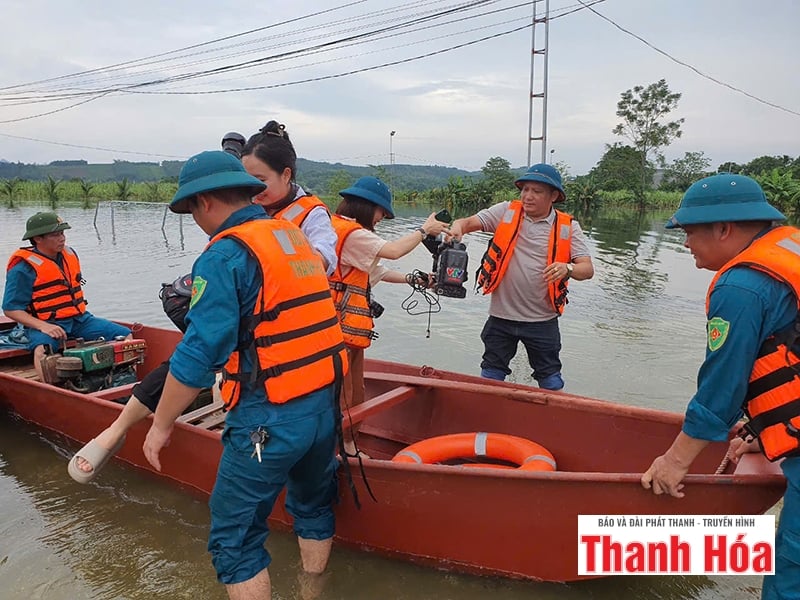
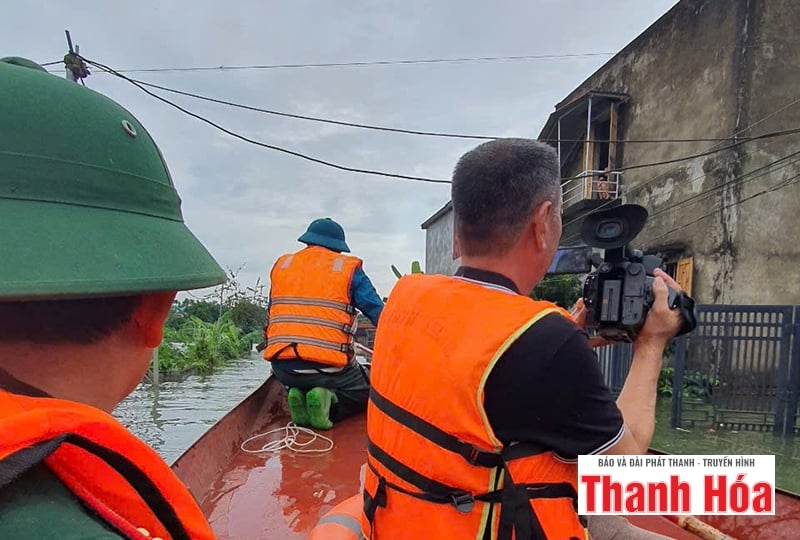





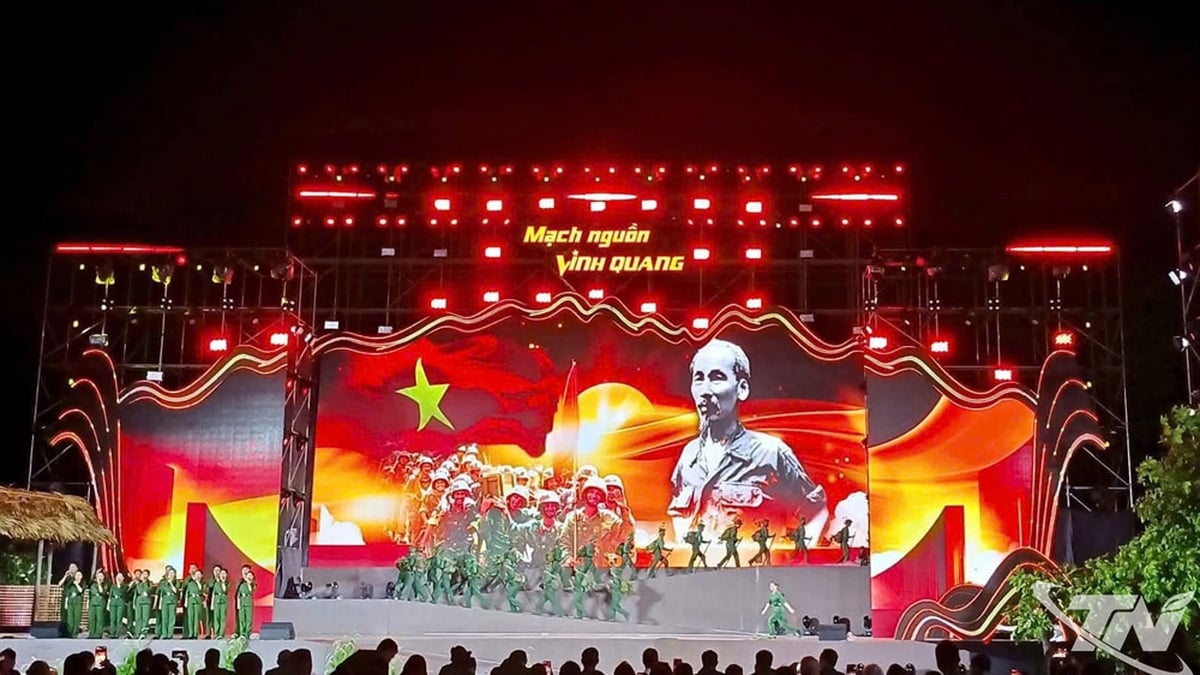

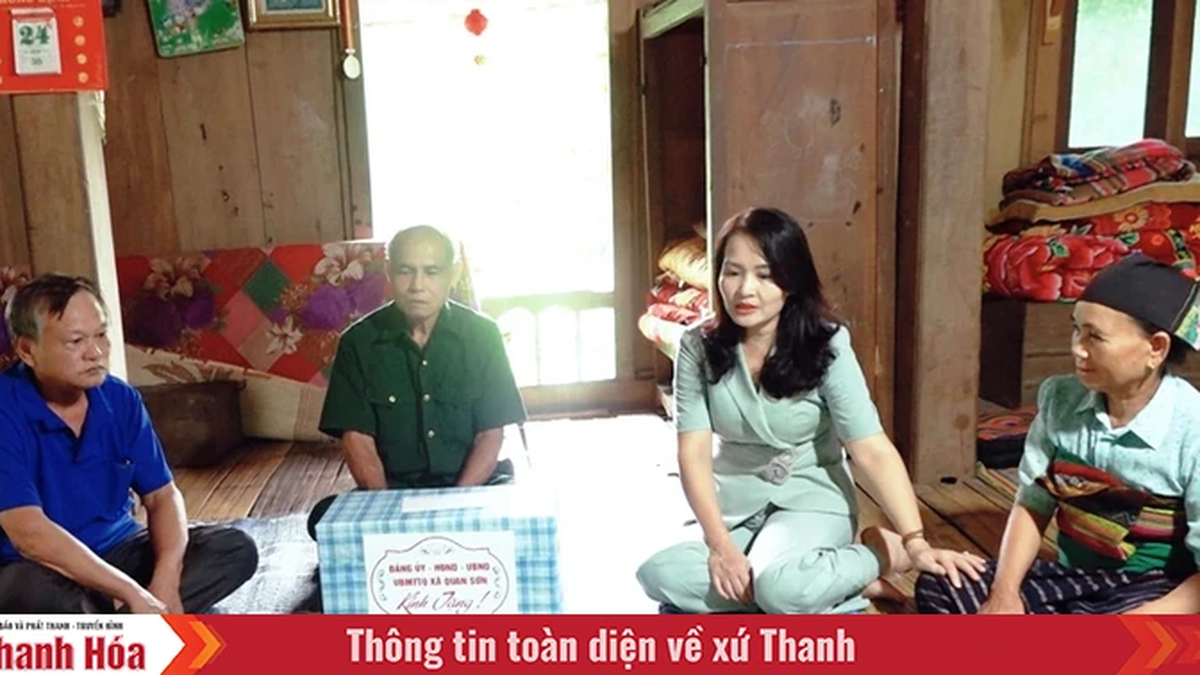
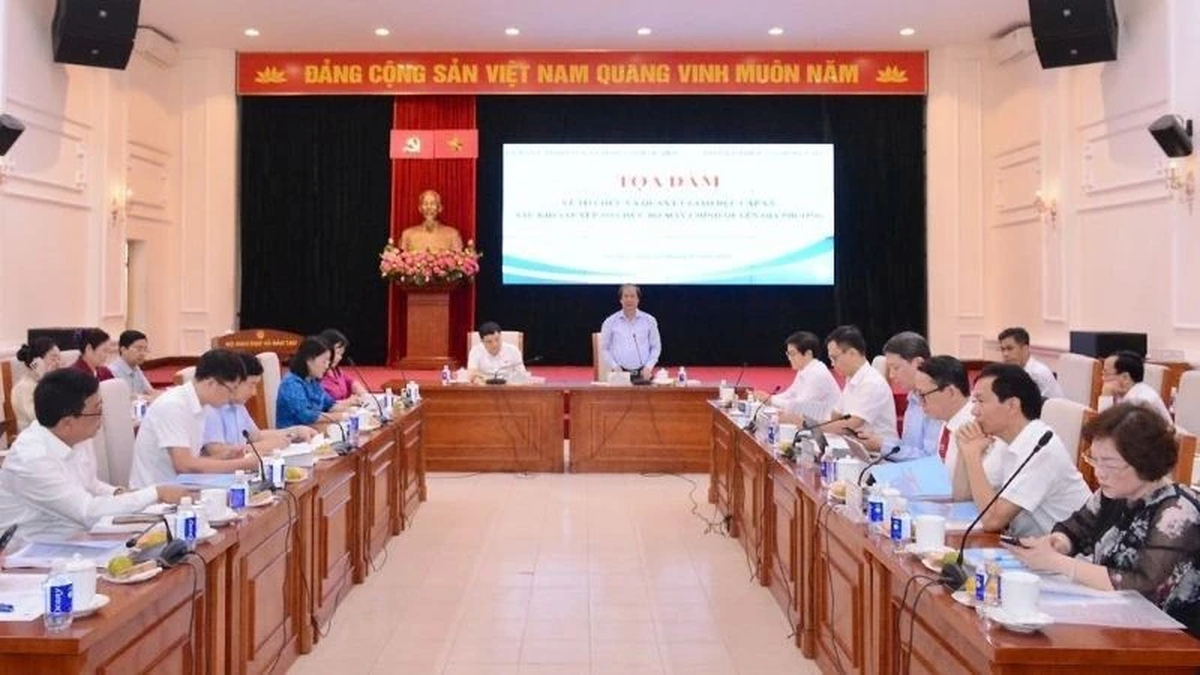
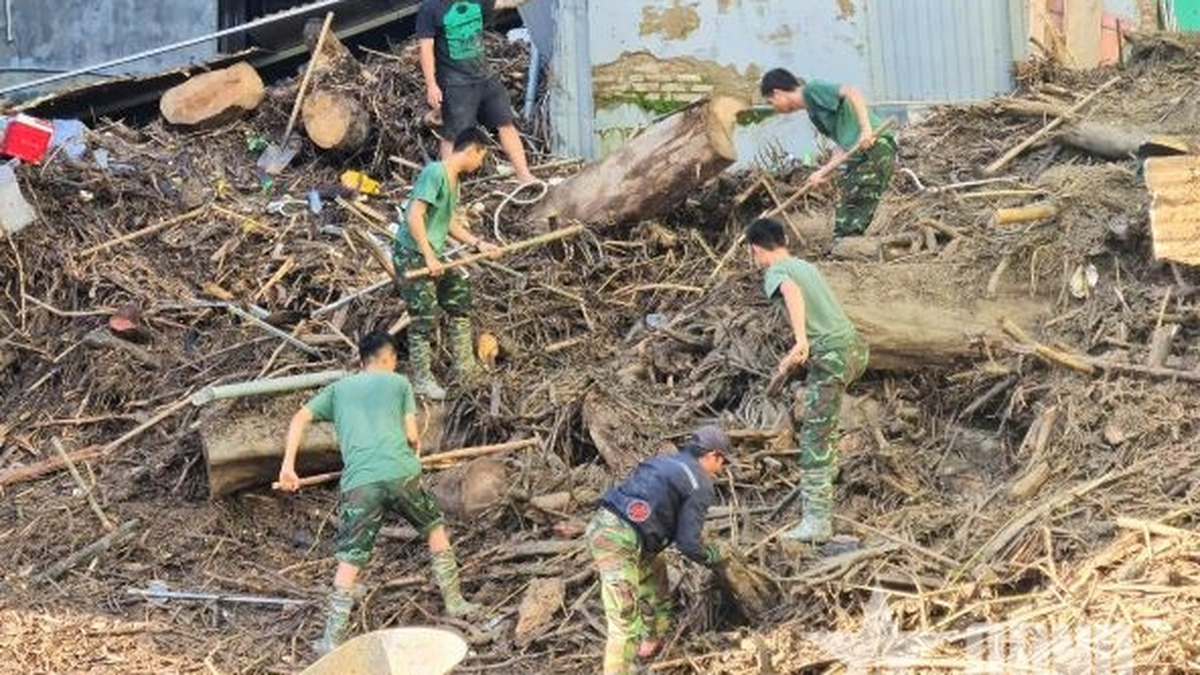

























































































Comment (0)